This great list was sent to me by one of my sisters- enjoy! It is written specifically for members of the Church of Jesus Christ of Latter-Day Saints; the information is good for everyone.
-Rhonda
Top 10 Food Storage Myths BustedBy Danielle Ellis, Desert Saints Magazine
A quick glance through any grocery store reveals that the average American food supply has come from far and wide. Produce from around the globe, grains from hundreds or thousands of miles away, canned goods from who-knows-where. A single calamity, whether man-made or an act of God, would leave those shelves empty, without much hope of a new supply. For this reason, and many more, Latter-day Saints have long been counseled to have a year’s supply of food and basic supplies in their homes. Yet research has shown that never more than a small percentage of saints have complied with this vital instruction. We’ll bust some of the myths surrounding food storage that may be holding you back. Then make your plan and complete your year’s supply!
10 I Don’t Need Food Storage“There aren’t enough of us; my parents have mine; I don’t think I’ll ever need it.” These are all ways of saying that you, for some reason, are exempt from prophetic counsel. You’re not. We have been told that our food storage will be as vital to us as boarding the ark was to Noah’s family. You need food storage!
9 There’s Food In The Bishop’s Storehouse“If something happens, I’ll go to the bishop’s storehouse.” Estimates are the bishop’s storehouse would be cleaned out in a matter of minutes. As President Monson advised over twenty years ago, “The best storehouse system that the Church could devise would be for every family to store a year’s supply of needed food, clothing, and, where possible, the other necessities of life.” Be your own storehouse.
8 I Don’t Have A Place To Store FoodIf you knew the lives of your family members depended on the food in your home, would you find a way to store it? Clear out some of your baggage (clutter) to provide for the future. You can find many places for storage. Make it a priority.
7 I Don’t Know What To Store Visit providentliving.org. If that’s too daunting, consider this: the Church advises storing 300 pounds of grains and 60 pounds of beans per adult per year. Break that up into breakfasts, lunches and dinners, and find some recipes. You know what you eat: store it.
6 I Don’t Know How To Store It If you’re confused by oxygen absorbers and gamma seals, don’t be. Get basic foods in your home and begin using them. Once you know how to use them, figure out how to store them for longer periods. You should be using and rotating your foods in an orderly plan, not keeping them for generations.
5 I Have Food Allergies You’re eating something now to stay alive. Figure out how to get a supply of that. If you want to store grains, try millet and oats. Millet is the least allergenic of all grains and oats contain no gluten. Quinoa is a totally different type of grain than wheat and is a nutritional powerhouse. Those with special dietary needs especially need food storage.
4 I Don’t Know How To Prepare It Brigham Young once said, “we need not ask God to feed us, nor follow us round with a loaf of bread begging of us to eat it. He will not do it….” It is our job, and nobody else’s, to figure out how to feed ourselves. There are many cookbooks created to use food storage ingredients. Find some and start using them.
3 The Food Will Go Bad The food will only go bad if you buy short-life products, then stick them under the bed and wait for “d-day.” Buy whole-food products, store them properly, use and rotate them and you’ll be in great shape.
2 I Hate Wheat Then find grains you like, or new recipes, or find different ways to use wheat. Sprouting wheat provides a new dimension of possibilities, as well as additional nutritional benefits- enzymes, extra vitamins and minerals. Try barley, buckwheat, bulgur, couscous, millet, oats, quinoa, rye. Or durum wheat for pasta. Whole grains have the longest storage life and great nutrition.
1It’s Too Expensive If you buy food you never use, you will never find “extra” money to purchase food storage or ways to use and enjoy it. I recently made a large purchase of grains. Including the cost of shipping them to my door, the grains ended up costing LESS THAN 35 CENTS/LB! Look at anything you buy from the grocery store- you are paying much more. Incorporating simpler, whole foods into your diet will improve your health and ease your pocketbook. Priceless.
* * * * * * *
Menu suggestion- serve this soup with crunchy apple slices and 'Best Drop Biscuits'. Turn on the oven first; it will be hot enough by the time you get the soup in the pot and the dough mixed.
Chicken Vegetable Noodle Soup
2 ½ c. water (or use broth and omit the bouillon)
1 (8-oz). can tomato sauce
10-16 oz bag frozen mixed vegetables (or 2-3 cups fresh)
A handful of noodles or other pasta
2 tsp. or 2 cubes chicken bouillon
2 c. cooked chicken (or turkey), cut up
Combine water, noodles, sauce and veggies. Bring to a boil, then simmer, stirring occasionally, 10 minutes. Stir in chicken. Bring to a boil, then simmer 5 minutes or until vegetables are tender. Makes about 6 cups.
I frequently make this my clean-out-the-freezer soup; instead of adding a bag of mixed vegetables, I add all my frozen odds and ends



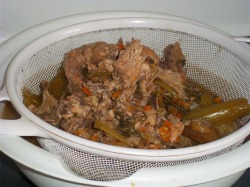
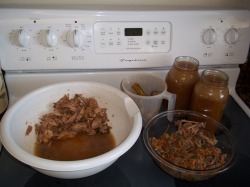
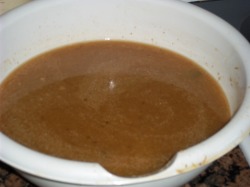





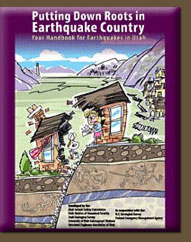
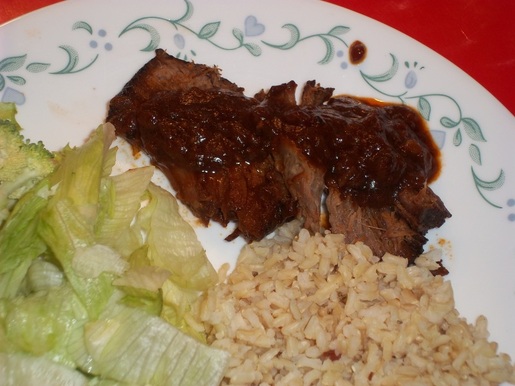
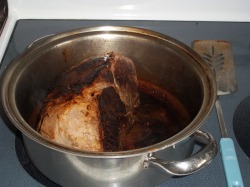
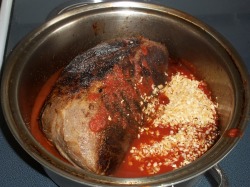

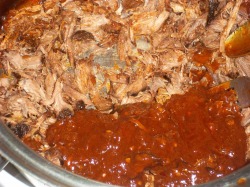




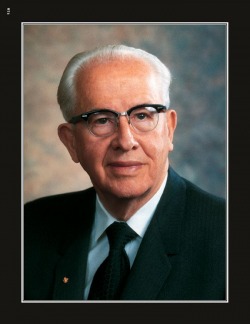




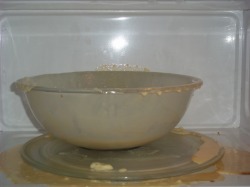
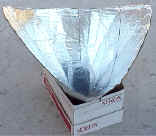
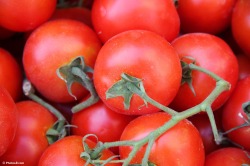
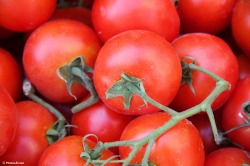





 RSS Feed
RSS Feed